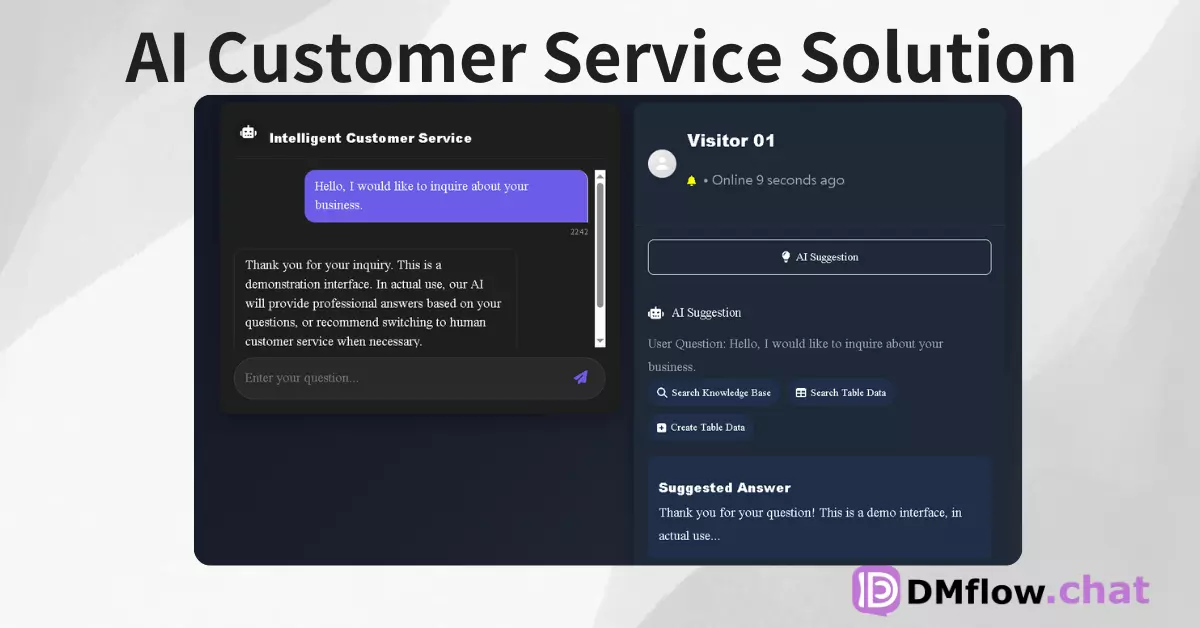OpenAI Launches o3-mini: A New Milestone in High-Performance AI
At the end of January 2025, OpenAI introduced the latest generation of its small AI model—o3-mini. This model not only inherits the strengths of its predecessors but also brings significant improvements in performance and functionality. This article explores the key features, applications, and comparisons of o3-mini with other models.
Core Features of o3-mini
Outstanding Performance in STEM Fields
o3-mini excels in science, technology, engineering, and mathematics (STEM):
- Achieves 83.6% accuracy in high-intensity reasoning mode on AIME 2024 competition math problems
- Scores 77% accuracy in doctoral-level science question evaluations
- Solves over 32% of research-level math problems when using Python tools
Faster Response Speed
Compared to previous models, o3-mini delivers superior performance:
- Response time reduced by 24% (from 10.16s to 7.7s)
- First output delay reduced by 2500ms
- Supports streaming output for a smoother experience
Developer-Friendly Features
o3-mini offers multiple practical features for developers:
- Function Calling support
- Structured Outputs for better data handling
- Developer message support
- Three reasoning intensity options (Low, Medium, High) for adjustable performance
User Access and Permissions
Paid User Access
- Available immediately for ChatGPT Plus, Team, and Pro users
- Enterprise users will gain access in February 2025
- Daily message limit increased to 150 for Plus and Team users (previously 50)
Free User Access
- First-time availability of reasoning models for free users
- Can be accessed via the message editor by selecting the “Reason” option
- Supports response regeneration
Security and Performance Evaluation
Enhanced Security Features
- Uses deliberative alignment for improved safety
- Outperforms GPT-4o in security tests
- Underwent rigorous external red team testing and security assessments
Performance Evaluation Results
- Expert testers preferred o3-mini responses 56% of the time
- Major errors in complex real-world tasks reduced by 39%
- Showcased strong performance in programming competition evaluations
Conclusion
The release of o3-mini marks a new balance between AI performance and practicality. Whether for general users or developers, this model offers significant benefits, especially in technical fields requiring accuracy and fast responses.
Frequently Asked Questions
Q: What are the main differences between o3-mini and the o1 model? A: o3-mini performs similarly to o1 in STEM fields but offers faster response times and more developer-friendly features.
Q: Does o3-mini support vision-related tasks? A: No, vision-related tasks still require the OpenAI o1 model.
Q: How should I choose the appropriate reasoning intensity? A:
- Use Low for simple tasks to maximize speed.
- Use High for complex tasks to improve accuracy.


